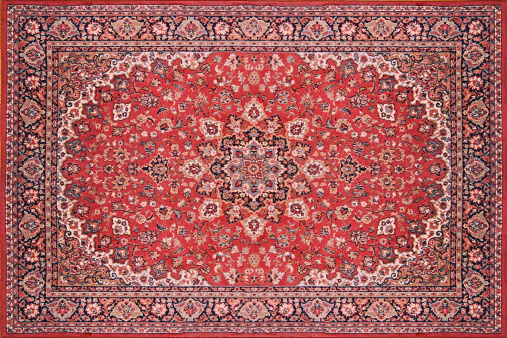Why are Persian rugs a popular choice for interior design? Persian rugs have been popular for centuries and continue to be a favorite among interior designers today. One reason for their popularity is their durability. Persian rugs are made with high-quality wool or silk, and their construction is meant to withstand years of wear and tear. This means that a Persian rug can last for generations, making it a worthwhile investment for any homeowner.
Another reason for their popularity is their beauty. Persian rugs are known for their intricate designs and rich colors. They can be used as a statement piece in a room, drawing attention to the rug and adding visual interest to the space. Persian rugs are also versatile, as they come in a variety of sizes and designs, making it easy to find the perfect rug for any room.
Finally, Persian rugs are a great way to add warmth and texture to a room. The soft, plush texture of a Persian rug can create a cozy atmosphere, making it the perfect addition to a living room or bedroom. They can also be used to add texture to a room with a minimalist design, adding depth and interest to an otherwise simple space.
How can Persian rugs be used to enhance specific rooms in the house?
While Persian rugs can be used in any room in the house, they can be especially effective in certain areas. Here are a few examples of how Persian rugs can be used to enhance specific rooms:
Living room: A Persian rug can be used to anchor the seating area in a living room. The rug should be large enough so that all of the furniture in the seating area is on top of it. This creates a cozy, intimate space that is perfect for entertaining guests or relaxing with family.
Bedroom: A Persian rug can be used to add warmth and texture to a bedroom. Placing a rug under the bed can create a focal point in the room and make the bed feel more inviting. Alternatively, a smaller rug can be used to create a cozy reading nook in the corner of the room.
Dining room: A Persian rug can be used to add color and texture to a dining room. Placing a rug under the dining table can create a focal point in the room and help to define the dining area. Choose a rug with a pattern that complements the other elements in the room, such as the curtains or artwork.
How can you care for a Persian rug to ensure its longevity?
Since Persian rugs are a long-term investment, it is important to take proper care of them to ensure their longevity. Here are a few tips for caring for a Persian rug:
Vacuum regularly: Regular vacuuming will help to remove dirt and debris that can damage the rug over time. Use a low-power setting on the vacuum and be careful not to pull on the rug fibers.
Rotate the rug: To ensure even wear, rotate the rug every six months or so. This will prevent one area of the rug from receiving more wear and tear than the rest of the rug.
Clean spills immediately: If a spill occurs, clean it up immediately to prevent the liquid from seeping into the rug fibers. Blot the spill with a clean, dry cloth, and then use mild detergent to clean the area.


